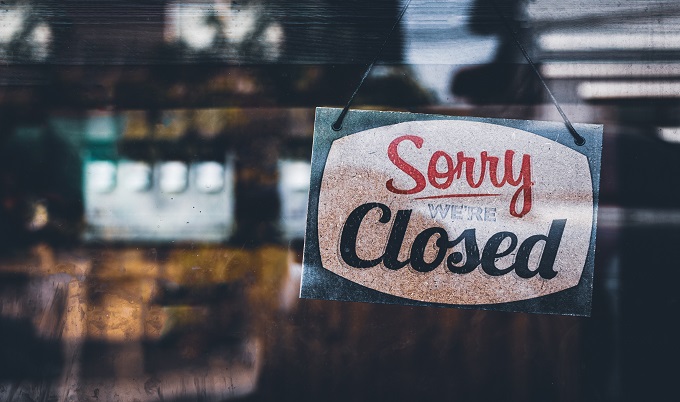The UK’s first national lockdown from March 2020 and its immediate aftermath saw a massive shift in consumer habits that was initially mandated but then lingered as shops and restaurants opened but risks from the virus remained.
A new study from the universities of Cambridge and Newcastle used data from the ONS to compare retail, hospitality and online sales in the UK between March and August 2020 with average figures for the same months for the years 2010-2019.
Researchers took an approach normally used to estimate cumulative excess deaths to try and measure the impact of the COVID-19 shock on sales of UK retailers and restaurants.
They say their economic models suggest that shops predominantly selling food, such as supermarkets, saw a 5-10% bump in sales in lockdown, adding up to an additional £4 billion in earnings over “business as usual” expectations.
This is “consistent with large-scale stockpiling”, they say, as people prepared for an indefinite future of home-cooked meals.
With many shops shut and people stuck indoors, online sales experienced a major boost, peaking at around a third higher than business-as-usual estimates during the first lockdown – an increase that amounts to an additional £4 billion.
Non-food high street shops, those selling everything from books to clothes, saw sales evaporate during the first lockdown when they had to shut, costing around £20 billion in turnover. Sales returned to normal once national lockdown lifted.
The shortfall for bars, pubs and restaurants was “dramatic”, say researchers, with the first UK lockdown causing sales to fall as much as 90% below the business-as-usual level, equating to around a £25 billion revenue loss.
Hospitality sales saw some recovery post-lockdown, as government schemes such as ‘Eat Out to Help Out’ kicked in, but were still 25% below estimated business-as-usual revenues by the end of summer.
Writing in the journal Global Food Security, researchers say they found no evidence of a post-lockdown fall in food-shop sales as people used up their stockpiles, or an “overshoot” on the high street due to “pent-up demand” during lockdown.
“Understanding the monetary impact of the pandemic is important to gauge the magnitude of the damage, and can help government design policies to assist these sectors,” said Dr Luca Panzone, Senior lecturer in Consumer Behaviour, Newcastle University.
“Food services and non-food retailers lost a huge share of their yearly business, compared to food stores and online retailers that actually gained from lockdown. One-size-fits-all policy approaches across retail won’t work,” he said.
Dr Shaun Larcom from the University of Cambridge added: “Lockdown restrictions led to behaviour changes in consumers and retailers that caused huge fluctuations in sales. Shopping frequency dramatically reduced, and footfall vanished from many commercial areas, with people going online or using local outlets within residential areas when they had to shop. Consequences of lockdown, such as long queues outside supermarkets, led to ‘forced experimentation’. Consumers had to explore new purchasing methods.”
The researchers say that, while online sales peaked during lockdown, they remained above pre-lockdown levels in August 2020, which they suggest may be early signs of a more permanent “structural change” in shopping habits.
“Many people shopped online for the first time. They also bought directly from wholesalers or even farms, and trialled different types of home cooking,” added Dr Larcom. “When people are forced to experiment, it can lead to behaviour changes that last well beyond the life of a crisis.”







